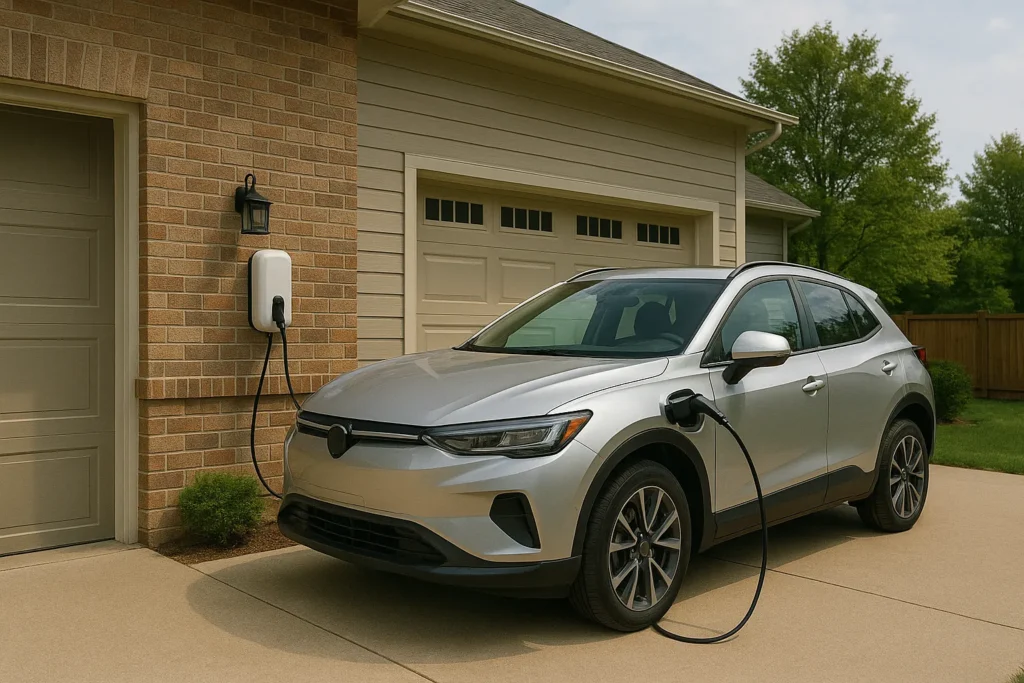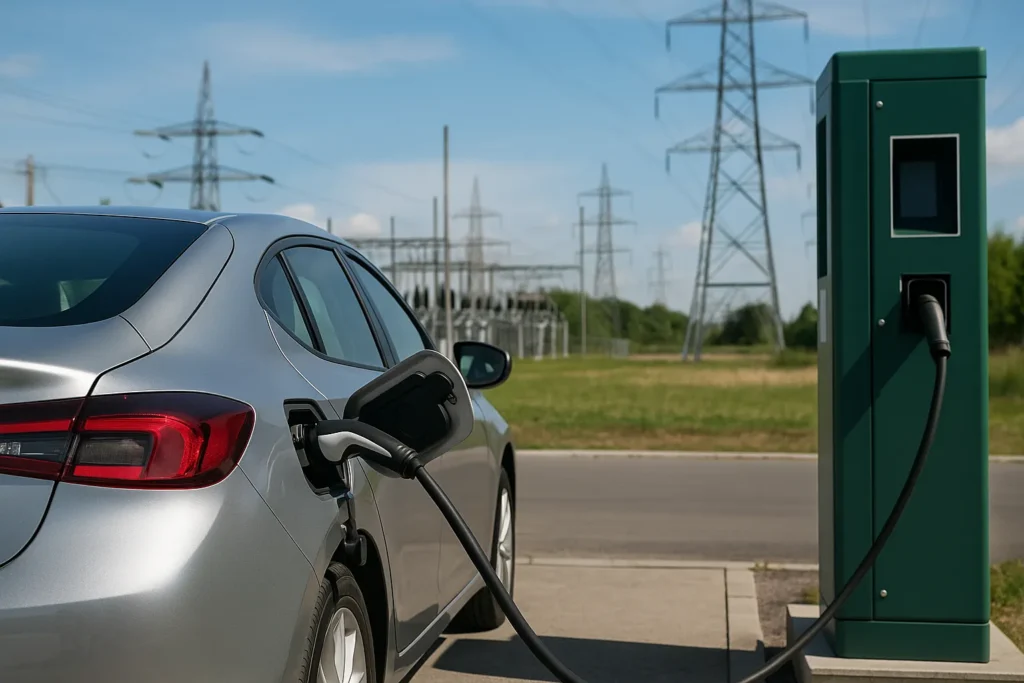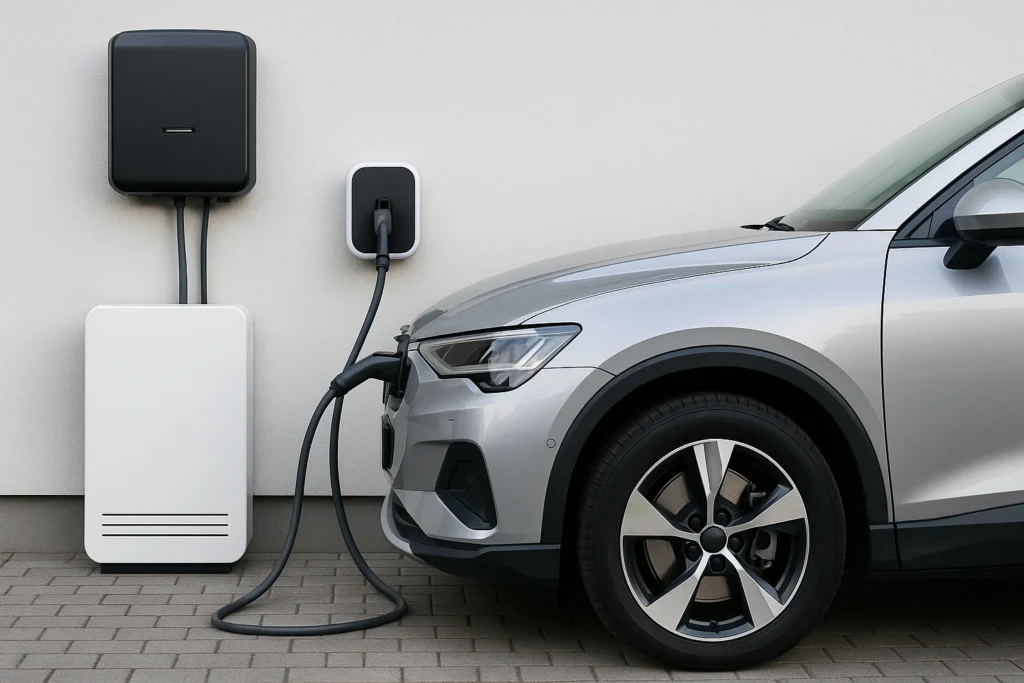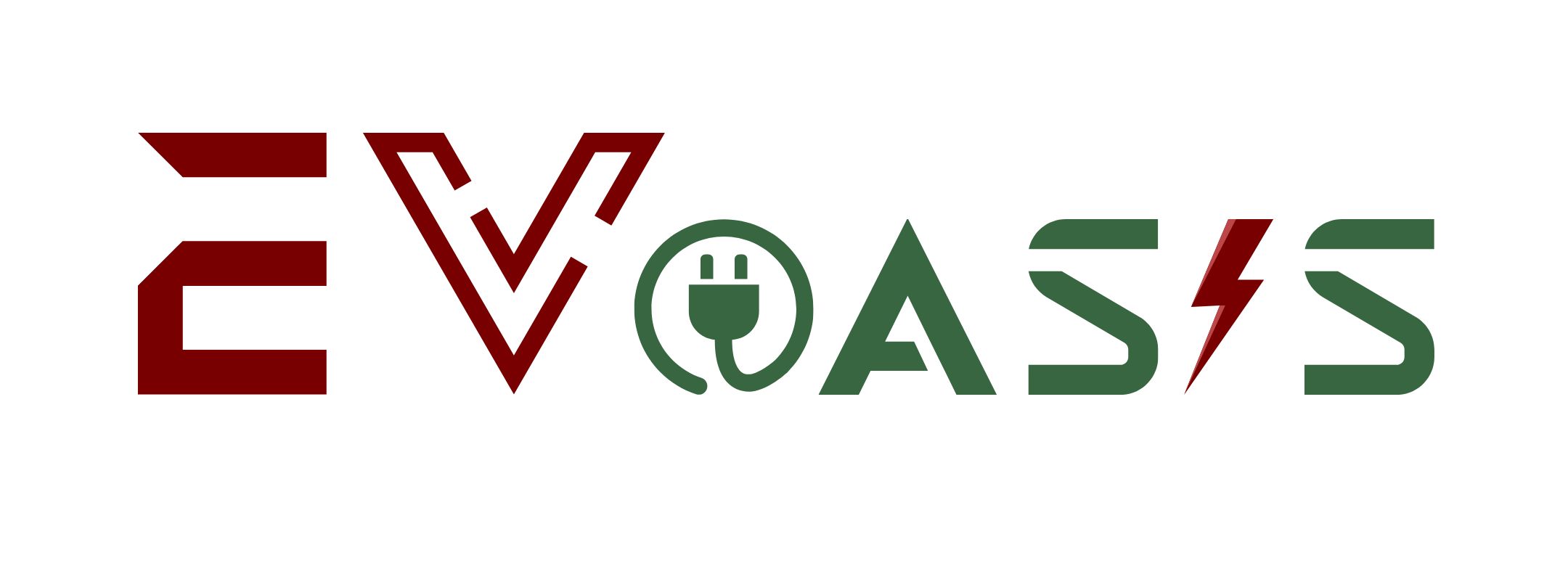Your electric vehicle does more than get you from point A to point B. The thing is, most EV owners don’t realise their car can power their home during a blackout or send electricity back to the grid. Sounds futuristic, right? Well, it’s happening now, and it’s called bidirectional charging.
This guide shows you exactly how vehicle-to-home and vehicle-to-grid technology work. You’ll find out what hardware you need to get started. Plus, you’ll see how Australians are using their EV battery to cut energy bills and keep the lights on during power outages.
We’ll cover the equipment required for bidirectional EV charging, real-world use cases, and whether this approach makes sense for your household. Let’s start with the basics.
V2G and V2H: Two Ways Your EV Battery Works for You

Bidirectional charging splits into two main types, and both use the same core technology. What changes is where your stored energy goes.
Here’s how each one works for you.
V2G: Support the Grid and Earn Money
Vehicle-to-grid lets your electric car send excess energy back to the electricity grid during peak demand. What’s more, power companies pay EV owners for this support. It helps balance the smart grid when everyone’s using electricity at once.
Here’s a tip: charge your car’s battery during off-peak times when energy costs are low. Then supply power back when rates are high.
You might not know this, but some energy companies in Australia already offer programs that reward bidirectional EV owners. These programs help stabilise grid energy while putting money back in your pocket.
V2H: Backup Power for Your Home
On the flipside, vehicle to home works a bit differently. Your bidirectional EV charger sends stored DC power directly to your home’s electrical system instead of the power grid. Plus, during power outages, your EV battery keeps household appliances running, from your fridge to your lights.
It’s like having battery storage built right into your car.
Which One Suits Your Needs?
Both options use bidirectional charging capability, but they serve different purposes.V2G helps you earn money and support the electricity grid. V2H, on the other hand, gives you energy security at home.
Many bidirectional chargers can do both, so you’re not locked into one choice.
The real question is what equipment makes this possible.
The Technology Behind Two-Way Energy Flow

So how does your electric vehicle pull off this two-way energy trick? The process is simpler than you might think.
Your EV battery stores electricity as DC power. When you charge normally, the bidirectional EV charger converts AC power from the electricity grid into DC power for storage. But here’s where bidirectional charging gets interesting.
The charger can reverse the process. It takes the stored DC power in your car’s battery and converts it back into AC power. Your home or the power grid can then use this electricity. Think of it like a pump that can push water in both directions.
The bidirectional charging capability depends on three things working together. First, you need an electric car designed to send power out. Second, you need a bidirectional charger that handles the conversion. Third, you often need a smart meter to manage the energy flow.
Each piece talks to the others to move electricity where you need it.
What’s Required for Two-Way EV Charging?

You’ve got the theory down. Now here’s the practical side. Setting up bidirectional EV charging means getting the right gear in place.
- Bidirectional EV Charger: Regular EV chargers only work one way. You need a bidirectional charger that can both fill your car’s battery and pull stored energy back out. These chargers cost more than standard models. But they’re the heart of any vehicle-to-home or vehicle-to-grid setup. We suggest that you look for chargers approved by the Clean Energy Council to ensure quality and safety.
- Compatible Electric Vehicle: Not all electric vehicles support bidirectional charging capability. The Nissan Leaf is one popular option that works with V2H and V2G systems. Don’t worry, other battery electric vehicles are adding this feature too. Check with manufacturers before buying. The reason is simple. Your EV needs built-in hardware that allows delivering power outward.
- Professional Installation: A licensed electrician must install your bidirectional EV charger. They’ll connect it to your home’s electrical system. You’ll also need specialised meters in most cases. These meters track energy flow and communicate with power companies. Also, because installation isn’t cheap, some Australian states offer government incentives to help cover the costs.
- Energy Management System (Optional): An energy management system helps you control when your EV battery charges and discharges. The system can automatically send power back to the grid during peak times. It can also store excess solar energy from your solar panels. While not required, adding one makes bidirectional charging smarter and more efficient.
So what can you do with all this equipment once it’s installed?
Real Ways Australians Use Bidirectional Charging Today
All that equipment serves a purpose. Let me show you the real-world benefits EV owners are seeing across Australia.
Emergency Backup During Blackouts
Power outages happen, storms knock out the grid, and maintenance work cuts electricity for hours. In such scenarios, your bidirectional EV becomes a lifeline when the lights go out.
How? The stored energy in your car’s battery can keep your fridge running, power your internet router, and light up your home. From our experience, some EV drivers report running household appliances for 24 hours or more on a fully charged vehicle battery during extended outages.
According to the Australian Renewable Energy Agency, vehicle-to-home systems can provide reliable backup power during outages and extreme weather events.
Cutting Bills with Smart Energy Management
Here’s another way bidirectional charging saves you money. Electricity bills spike during peak periods when everyone’s home is using power. Bidirectional charging lets you beat these high rates.
Here’s how it works. You charge your EV battery overnight when energy costs drop. Then, during peak times, you use that stored DC power to run your home instead of drawing from the grid.
The savings add up because energy companies charge much less during off-peak times. This approach cuts money from every billing cycle.
Earning from Grid Support Programs
Some Australian power companies now pay EV owners to supply electricity back to the grid during peak demand. You become a mini power station. Your car’s battery helps stabilise grid energy when the system needs it most.
Though the economic benefits vary by provider. Vehicle-to-grid programs let you earn credits or cash while supporting Australia’s electricity grid.
These are just a few ways bidirectional chargers are changing how Australians think about their electric vehicles.
Your Next Step Towards Smarter EV Ownership
Bidirectional charging is still growing in Australia, but the technology is here now. More electric vehicles are adding bidirectional charging capability each year. What’s more, many energy companies are rewarding EV owners who help balance the power grid.
Yes, the upfront costs are higher than standard EV chargers. But the long-term benefits add up. You get backup power during outages and lower energy bills. Plus, you can earn potential income from grid support programs.
At EVoasis, we’re here to help you understand these emerging technologies. We want you to make informed choices about clean mobility. That’s why we break down emerging technologies like this.
Bidirectional EV charging represents one more step towards a sustainable energy future. Your electric car can do more than just drive.
